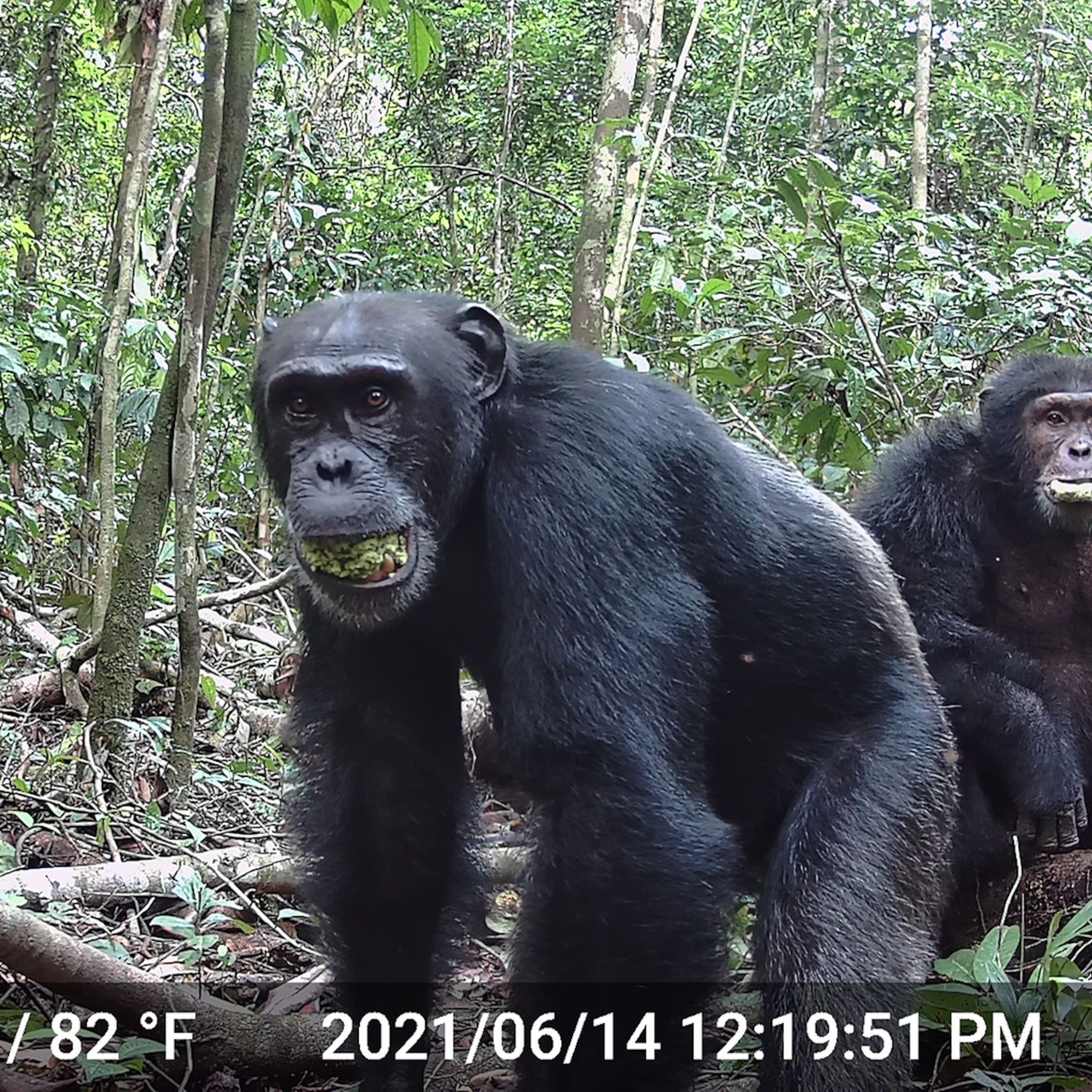With a pair of teddy bear eyes, a button nose, and face that looks like a cross between a red panda and a sloth, the Javan slow loris may well be one of the cutest critters on the planet. But what we see as adorable, other animals may interpret as a dire warning.
Lorises are the world’s only venomous primates, you see. The pipsqueaks secrete toxins in their saliva, as well as from glands on their inner arm.
When the two mix, it creates a sort of double venom, says Anna Nekaris, a conservation biologist at Oxford Brookes University in the United Kingdom.
The thing is, while lorises boast a lethal bite, they are tiny and slow. That means it would be beneficial for them to be able to advertise their nastiness to other animals without actually engaging in a costly duel.
“Lots of animals do that,” says Nekaris. “They use color to signal how strong or dominant they are.”
Scientists call this aposematic coloration, and it applies to everything from skunks and badgers to poison dart frogs and ladybugs.
In a study published this week in the journal Toxins, Nekaris and her coauthors used evidence gathered over the course of eight years from over 200 live animal capture-and-releases to show that Javan slow loris face masks meet the standards of aposematic coloration. That is, the markings draw attention to the animals’ most dangerous bits—their mouths—and would be highly noticeable across a variety of visual systems, including those belonging to known loris predators such as eagle hawks, pythons, monitor lizards, and orangutans.
The young ones, they really try to kill you. They are incredibly strong. And they pool saliva in their mouth, which has the venom in it.Anna Nekaris, Oxford Brookes University
The findings should hammer home for us what the rest of the animal kingdom appears to already know.
The loris is a “cute, tiny, little, fluffy, fur-ball of death,” says Nekaris. (Read about how demand for pet slow lorises threatens their survival.)
Terrible Twos
Interestingly, Nekaris and her coauthors were also able to prove another hunch—that younger lorises were more aggressive than their elders.
After studying these animals for 25 years, Nekaris says there just always seemed to be a difference between the generations. Mature adults (two years or older) would generally calm down soon after being caught, she says. But anytime they would catch juveniles (between one and two years old), you had to look out.
“The young ones, they really try to kill you,” says Nekaris. “They are incredibly strong. Some of them scream. And they pool saliva in their mouth, which has the venom in it.”
Sometimes, the animals put up such a fight, the scientists can’t even complete their measurements— impressive for an animal that weighs as much as a large hamster.
But after documenting the animals’ varying levels of aggression over the course of eight years, the scientists have now proven that the youths actually do go through the Terrible Twos. This is all the more interesting because the new study also shows that juvenile lorises tend to have more dramatic contrast in their face masks.
This suggests the markings may serve yet another purpose—communication with other lorises.
Javan slow lorises live in couples of one male and one female, and together they guard a territory of forest the size of a football pitch. Unfortunately, very little habitat remains on the Indonesian island of Java thanks to agriculture and deforestation, so every available parcel is already spoken for. A couple can stay in the same spot for up to eight years. This means that when the young lorises strike out on their own, they have to fight for their right to territory.
“The younger animals are also the ones that show more wounds,” says Nekaris. “Ghastly, terrible, flesh-rotting necrotic wounds.”
With so much riding on winning that territory at a young age and keeping it on into adulthood, Nekaris says it seems evolution may be favoring investing a lot of energy into these face signals that advertise venom and toughness.
“A really interesting wrinkle”
Ted Stankowich, an evolutionary behavioral ecologist at California State University, Long Beach, has made a career of studying aposematic signals in everything from skunks to giant pandas. But usually the signals he sees are strictly used as anti-predator devices.
“The lorises are really unique in that their venom is useful for not only predators, but also conspecifics, or other lorises,” says Stankowich. “That adds a really interesting wrinkle on the signal.”
While Stankowich calls the study interesting and well-supported, he wishes the authors had been able to measure toxicity in the lorises to see whether they are also more venomous in youth, to match their heightened aggression and contrasting coloration.
It’s also curious that the signal changes as the animals age, since we don’t see the same thing in other classic aposematic signalers. “Skunks are born with the white stripes they’re going to have their entire lives, and I think the same goes for other carnivores,” he says.
It’s possible young lorises just have more reason to signal their venom and aggressiveness, either because they’re smaller, or easier to catch, or because they’re more vulnerable as they range about looking for new territories.
“Evolution is rarely a simple story,” says Nekaris.









